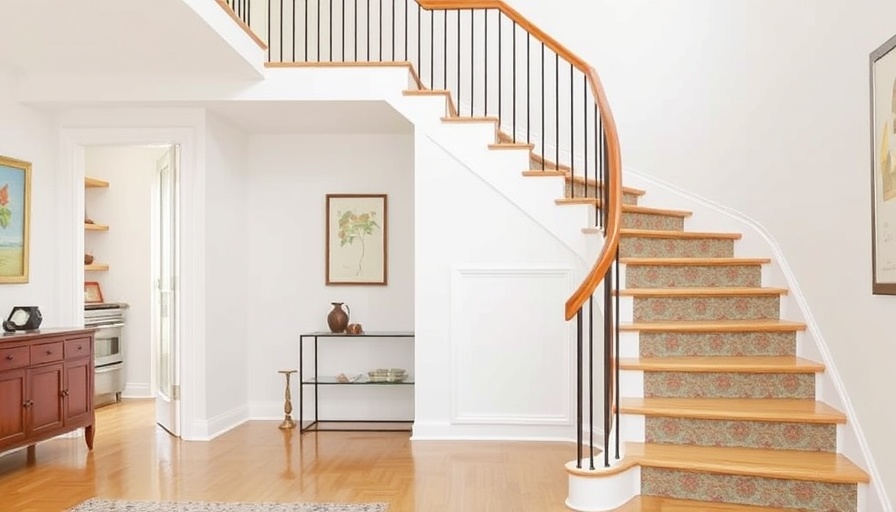
Understanding the Need for Future-Proofing Your Home
As climate change exacerbates extreme weather conditions, homeowners are increasingly motivated to adapt their living spaces. The urgency of creating resilient homes that can withstand diverse climatic challenges is more pronounced than ever. Future-proofing isn’t just a trend; it’s an essential strategy for ensuring comfort, reducing energy costs, and contributing positively to global sustainability efforts.
Key Strategies for Climate Resilience
In addressing the query, "How can I future proof my home?" we can identify three crucial components: building efficiency, incorporating renewable energy, and enhancing indoor air quality. This triad approach not only mitigates the effects of climate change but also maximizes energy efficiency, ultimately leading to significant savings on utility bills.
Creating an Efficient Home
Improving the structural integrity of your home through insulation and airtightness is a foundational step. Effective insulation retains heat during colder months and keeps homes cool in summer, creating a comfortable living environment all year long. Airtight homes minimize uncontrolled airflows, which can lead to energy loss. Pairing this airtight setup with a robust ventilation system ensures that fresh air circulates while preventing moisture buildup, combating issues such as condensation and mold.
The Role of Renewable Energy
Integrating renewable energy systems, particularly solar panels, is a pivotal factor in achieving self-sufficiency. Solar panels harness sunlight to generate electricity, significantly lowering energy costs and reducing reliance on the national grid. For enhanced energy management, consider installing a battery storage solution to store excess energy generated during peak sunlight hours, ensuring power availability during outages.
Improving Indoor Air Quality
Another often-overlooked aspect of a sustainable home is indoor air quality. Many cleaning products and personal care items contain volatile organic compounds (VOCs) that compromise air quality and can lead to numerous health issues. Transitioning to eco-friendly products, minimizing the use of wood-burning stoves, and instituting proper ventilation are essential for maintaining a healthy indoor environment.
Professional Support for Home Retrofits
While future-proofing your home may seem daunting, you don't need to tackle it alone. Engaging a retrofit assessor can provide invaluable expertise by evaluating your current energy consumption, assessing potential improvements, and devising a comprehensive retrofit plan tailored to your needs. With options for phased implementation, this professional guidance can make the transition manageable.
Additionally, a retrofit coordinator can oversee the execution, ensuring that all upgrades are performed correctly and that the project stays on track.
The Path Forward
Ultimately, the journey of future-proofing your home is one of empowerment. By taking steps to enhance your home’s energy efficiency and environmental impact, you’re not only sheltering yourself from upcoming climate challenges but also increasing your home's value and contributing toward a more sustainable future.
Start exploring retrofit options today—consulting experts and considering the sustainable materials available can significantly raise your home's performance while also protecting our planet.
 Add Row
Add Row  Add
Add 




Write A Comment